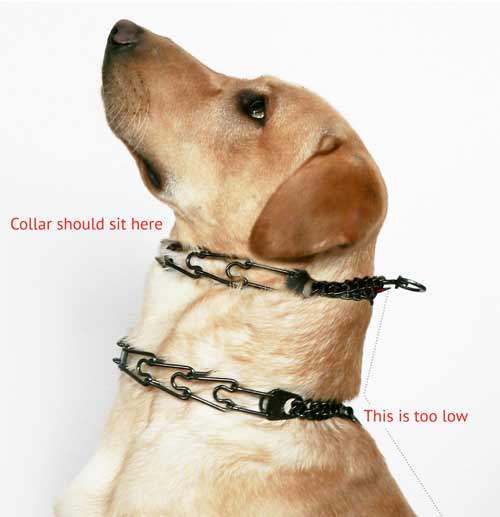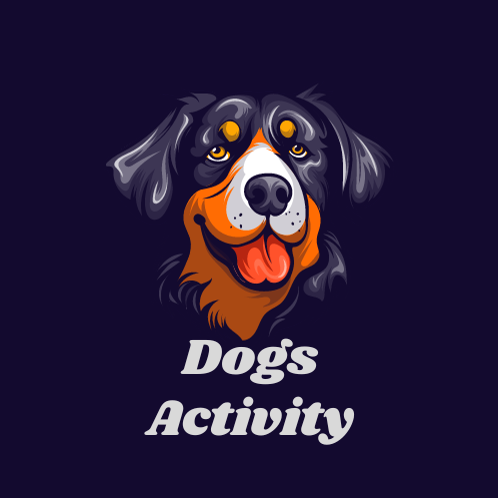
Introduction:
Choosing the right collar for your canine companion is a crucial aspect of responsible pet ownership. A dog collar serves not only as a means of identification but also as a tool for control and training. However, striking the right balance in terms of tightness is essential to ensure your dog’s comfort, safety, and well-being. In this comprehensive guide, we will explore the various factors that influence the proper fit of a dog collar and delve into the critical question: How tight should a dog collar be?
- Understanding the Purpose of a Dog Collar:
Before delving into the specifics of collar tightness, it’s essential to understand the primary purposes a dog collar serves. These include:
a. Identification: Collars often hold ID tags with essential information, ensuring a lost dog can be easily identified and returned to its owner.
b. Control and Safety: A collar provides a secure anchor point for a leash, allowing the owner to control the dog during walks or in public spaces.
c. Training: Some collars are designed to aid in training by providing a means to attach leashes or training devices.Balancing these functions while considering the comfort of your dog is key to determining the appropriate tightness.
- Measurements Matter:
Ensuring a well-fitted collar begins with accurate measurements. Measuring your dog’s neck is a straightforward process that involves using a soft tape measure to determine the circumference of the neck, snugly but not too tight. Allow for a two-finger space between the collar and your dog’s neck for comfort.
a. Snug but Not Constricting: The collar should be snug enough to stay in place but not so tight that it restricts your dog's breathing or causes discomfort.
b. Two-Finger Rule: The general guideline is to be able to fit two fingers comfortably between the collar and your dog's neck. This ensures it's not too tight or too loose.By adhering to these measurements, you provide a baseline for choosing an appropriately sized collar for your dog.
- Different Types of Dog Collars:
Understanding the variety of dog collars available is crucial for selecting the one that best suits your dog’s needs. Common types include:
a. Flat Collars: Standard collars suitable for everyday use and ID tag attachment.
b. Martingale Collars: Designed to prevent dogs from slipping out of the collar, ideal for breeds with smaller heads.
c. Training Collars: Include choke chains and prong collars, primarily used for training purposes.Each type has its own considerations regarding tightness and fit, and choosing the right one depends on your dog’s size, breed, and specific requirements.
- Growing Pains:
Puppies, like human infants, go through growth spurts. It’s crucial to monitor your puppy’s collar fit regularly to accommodate these changes. A collar that fit perfectly a few weeks ago may suddenly become too tight. Regular adjustments and, when necessary, transitioning to a larger collar are vital for your puppy’s comfort and well-being.
a. Check Regularly: As a responsible pet owner, make it a habit to check your puppy's collar fit regularly, especially during the rapid growth phases.
b. Transitioning Sizes: Don't hesitate to switch to a larger collar when your puppy outgrows the current one. This prevents discomfort and potential health issues.Being attentive to your puppy’s changing size is an essential part of ensuring the collar remains a comfortable accessory.
- Consider Breed and Body Type:
Different dog breeds and body types have varying neck shapes and sizes. Consider these factors when selecting a collar to ensure a proper fit:
a. Sighthounds: Breeds like Greyhounds have slender necks, and special collars like martingales may be more suitable.
b. Small Breeds: Toy breeds may require lighter and narrower collars to avoid overwhelming their delicate frames.
c. Large Breeds: Strong and robust collars are essential for larger breeds to provide adequate control during walks.Understanding your dog’s specific needs based on their breed and body type allows for a more tailored approach to collar selection.
- Signs of an Ill-Fitting Collar:
Dogs can’t verbally communicate discomfort, so it’s crucial to be vigilant for signs that the collar may be too tight:
a. Constant Scratching: If your dog is constantly scratching or pawing at their collar, it may be too tight.
b. Chafing or Hair Loss: An ill-fitting collar can cause chafing or even hair loss around the neck.
c. Difficulty Breathing: Labored breathing or wheezing may indicate that the collar is too tight around the neck.Observing these signs allows you to address the issue promptly and prevent potential health problems associated with an improperly fitted collar.
- Training Collars: Proceed with Caution:
While training collars can be effective tools when used correctly, it’s essential to approach them with caution:
a. Choke Chains: Used improperly, choke chains can cause injury. Ensure proper fitting and consult a professional trainer.
b. Prong Collars: Designed for specific training needs, these collars should be used under the guidance of a professional to prevent harm.Understanding the mechanics of training collars and seeking professional advice ensures their safe and effective use.
Conclusion:
In the quest to answer the question of how tight a dog collar should be, the overarching theme is one of balance. The collar should be snug enough to serve its purposes identification, control, and training yet not so tight as to compromise the comfort and well-being of your beloved pet. Regular monitoring, accurate measurements, consideration of breed and body type, and awareness of the signs of an ill-fitting collar are all integral components of responsible collar use. By approaching the selection and use of dog collars with mindfulness and care, you contribute to your dog’s safety, happiness, and overall quality of life.



